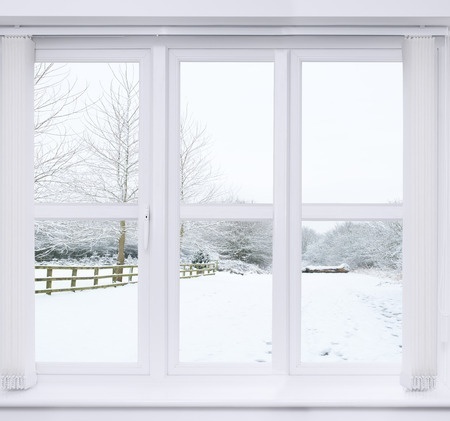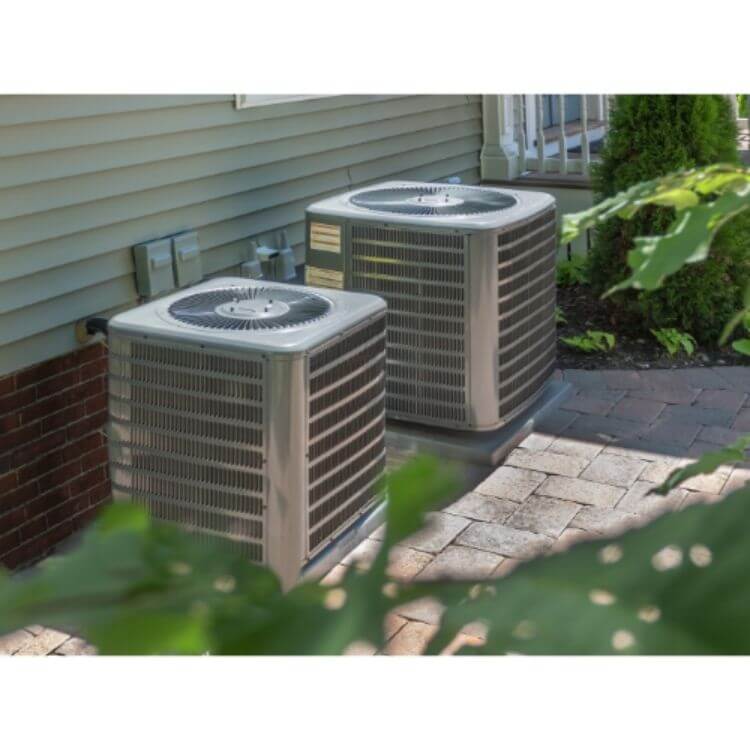Are you ready to replace your cooling system? Or maybe you’re in the market for a new home? If, for whatever reason, you’re shopping for a new HVAC unit, you may be wondering about AC units versus heat pumps. They’re both units that can be used to cool a space, but a heat pump can also be used to heat a space.
In this article, we’ll explore all the differences between heat pumps and AC units. We’ll look at how each one works, which is more efficient, and help you decide which is right for you.
What’s the difference?
In order to look at the similarities and differences between an AC and a heat pump, we must start by ending a false assumption. Lots of people are under the impression that their air conditioning unit brings cool air into their house. When you turn on the AC, you hear it come to life. You hear and feel a swish of cool air blowing out of the vents. The refreshing, cool air enters the building and cools down the space. It makes sense to assume that the AC is producing cold air as its main function.
But that’s not what’s going on. An AC unit actually works by pumping heat out of a building. It’s never actually creating new, cold air. Only by removing the heat can the AC cool a space.
A heat pump also has the ability to pump heat out of a space. What differentiates the heat pump from the AC is that the heat pump can also pump heat into a space. In other words, a heat pump can cool and heat.
How does air conditioning work?
Now that you know an AC unit moves heat rather than creating cool, you’re set to understand its mechanics.
There are four main components of an AC: a compressor, and expansion valve, a condenser coil, and an evaporator coil. In short, these pieces work together to convert a refrigerant from gas, to liquid, and back to gas. When it returns to a gas state, the refrigerant is cooler than the room temperature. A fan blows air across the cooler, gas refrigerant, circulating the cooler air into the room.
A more detailed look at how an AC works requires a closer understanding of the parts and the thermodynamics within. The two coils are connected and have refrigerant fluid inside of them. This fluid is constantly flowing when the AC unit is on. One of the coils — the evaporator coil — is inside of the room. The other — the condenser coil — is outside.
The evaporator coil needs to be kept cooler than the temperature of the room, while the condenser coil should be hotter than its surroundings outside. With the evaporator coil kept cool inside, it can absorb the heat from the room. That heat then travels to the condenser coil outside, which sends the heat away from itself.
The compressor steps in to provide a service that helps eject the heat away from the room. When the refrigerant passes through the compressor, the compressor increases its pressure. The temperature rises with the rising pressure and becomes much hotter than the surrounding temperature. The high pressure makes it easier to eject the heat away from the unit. Condenser units also have fans that help blow the heat out, which explains why you feel a blast of warmth when you walk by an AC unit.
An expansion valve is fixed at the end of a condenser coil. While the compressor increases the pressure of the refrigerant, the expansion valve reduces the pressure. By reducing the pressure, the expansion valve causes part of the refrigerant liquid to evaporate. As the evaporation occurs, it uses energy from the refrigerant, which causes the temperature of the refrigerant to drop.
At the end of the process, the air conditioner has created a refrigerant that is cooler than the room. That low temperature refrigerant enters the evaporator coil. When a fan blows air across the evaporator coil, it causes the air to cool, thus lowering the temperature of the room.

How does a heat pump work?
A heat pump functions almost identically to an AC. Its components are nearly the same, but it has the addition of an extra piece: a reversing valve. With a reversing valve in the outdoor unit, the heat pump is able to reverse the entire process explained above. In addition to releasing heat away from the condenser coil, it can absorb heat energy from the air outside. Even when it’s cold out, the process absorbs heat and transfers it to the indoor air.
Which HVAC system is best?
With its ability to both remove heat and introduce heat to a space, a heat pump is a complete HVAC unit. Homes or buildings with AC units instead of heat pumps typically include a furnace as well. Together, the AC and furnace provide heating and cooling, a complete HVAC system.
The better HVAC system for your home can depend on where your home is located. Heat pumps can be really useful options for people without access to natural gas, since they rely on electricity to work. They’re also convenient when it comes to maintenance, since it’s two in one. You’ll only need to have a professional come by to look at one unit, rather than having separate maintenance schedules for an AC and a furnace.
However, when temperatures get really low a heat pump is less efficient. Extremely cold temperatures require the heat pump to use more energy to keep a home warm. A heat pump may even require an auxiliary heater to help heat a home.
Take these things into consideration when choosing a new HVAC system for your home. When in doubt, reach out to a professional like Geiler to learn what options are best for you.
You may also want to read:
What makes my AC pipes freeze?
What Is the Best Air Conditioner For An Attic?
Is my air conditioning making my allergies worse?


